Sacred Treasures in the Eyes of the Ancestors
In the eyes of the Paiwan people, glass beads are called mata, meaning “eyes.” They symbolize the eyes and guardianship of ancestral spirits. These vibrant beads are not just ornaments but are embedded with deep cultural meanings. In ancient times, only nobles could possess glass beads, symbolizing their prestige and status. Each bead has its own name and legend. For example, the “Child of the Sun” symbolizes light and blessings and could only be owned by chieftain families; the “Eye of the Ancestors” is believed to possess the power to protect the tribe. These bead designs reflect the Paiwan people’s interpretation of ancestral beliefs, nature, and the cycle of life.
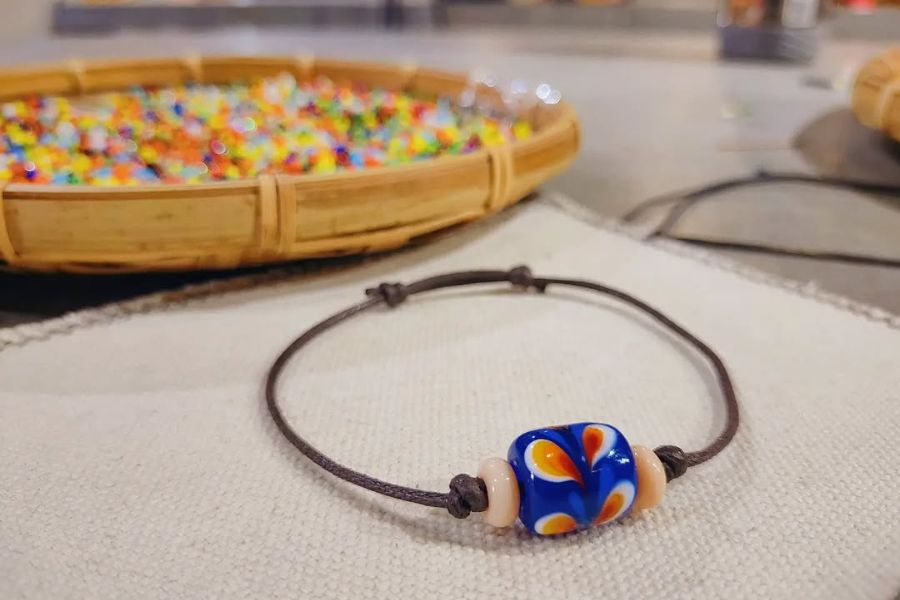
(Photo credit: @yu_an1230)
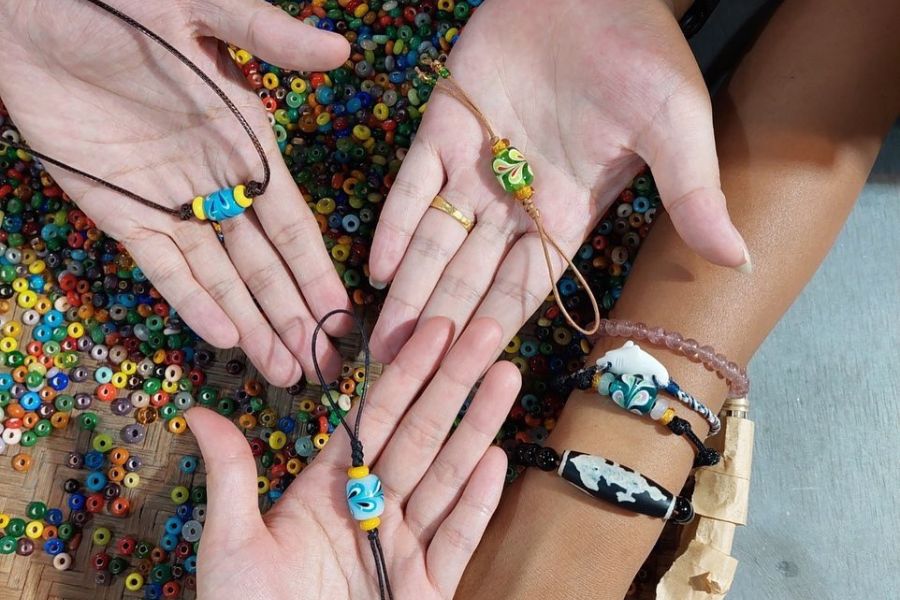
(Photo credit: @juvenilite0302)
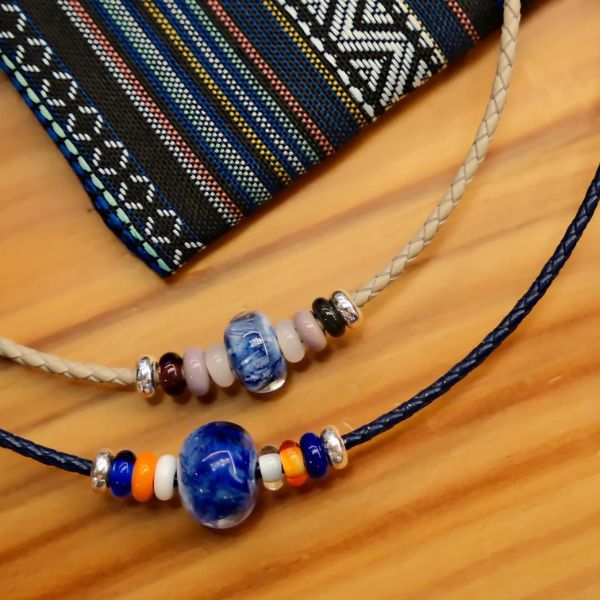
(Photo credit: @from_the_easto_the_east)
A Sacred Symbol in Rituals
Glass beads play an essential role in major rituals such as festivals, weddings, and coming-of-age ceremonies. They are not only ceremonial items but also symbols of power and wealth. The number of beads represents the extent of one’s wealth. When a groom offers glass beads as a betrothal gift, it symbolizes his noble background. Recognizing the cultural value of glass beads, the Taitung County Government has actively promoted their preservation and transmission. These beads carry the tribe’s cultural memory, each representing profound meanings related to life, love, and courage.
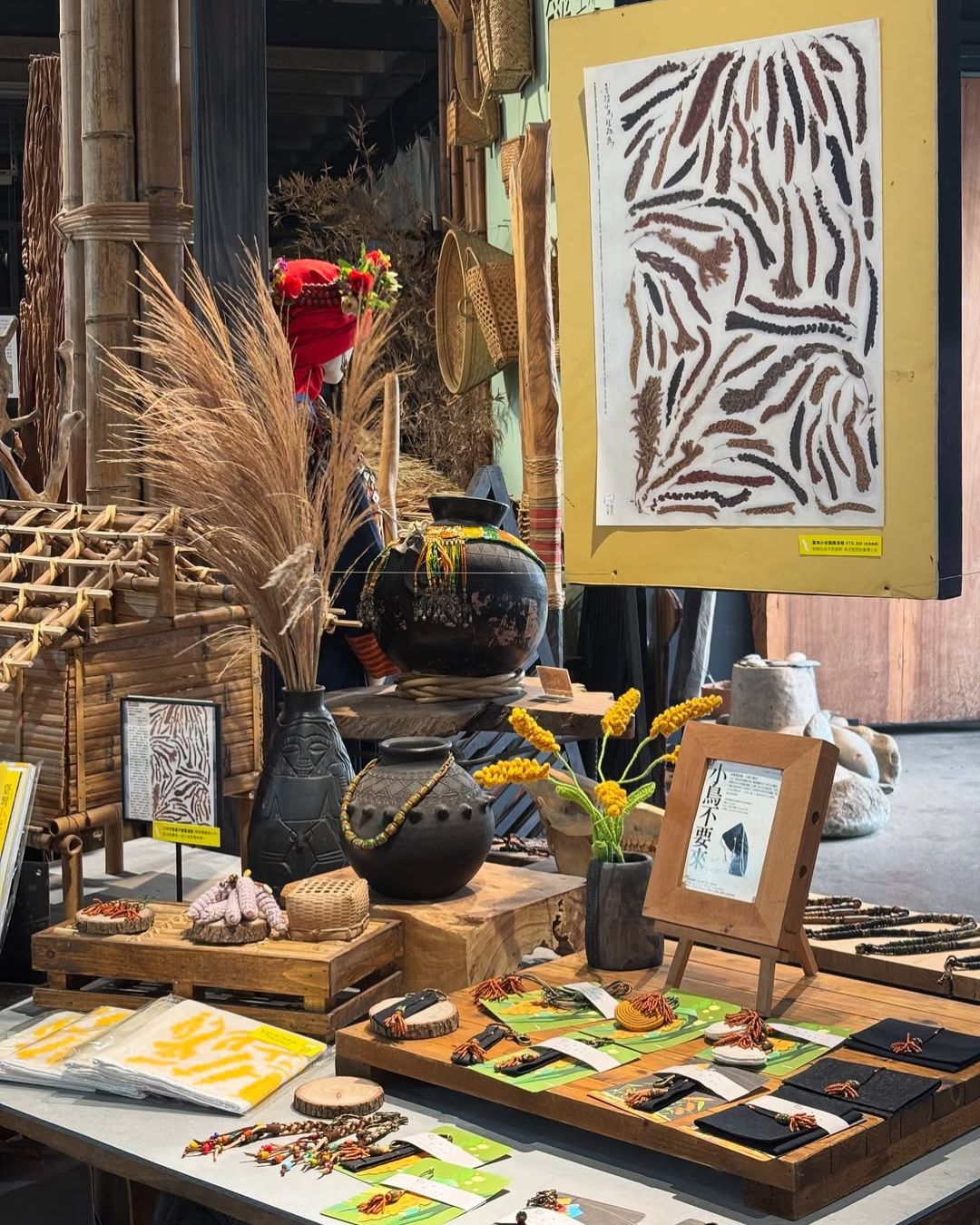
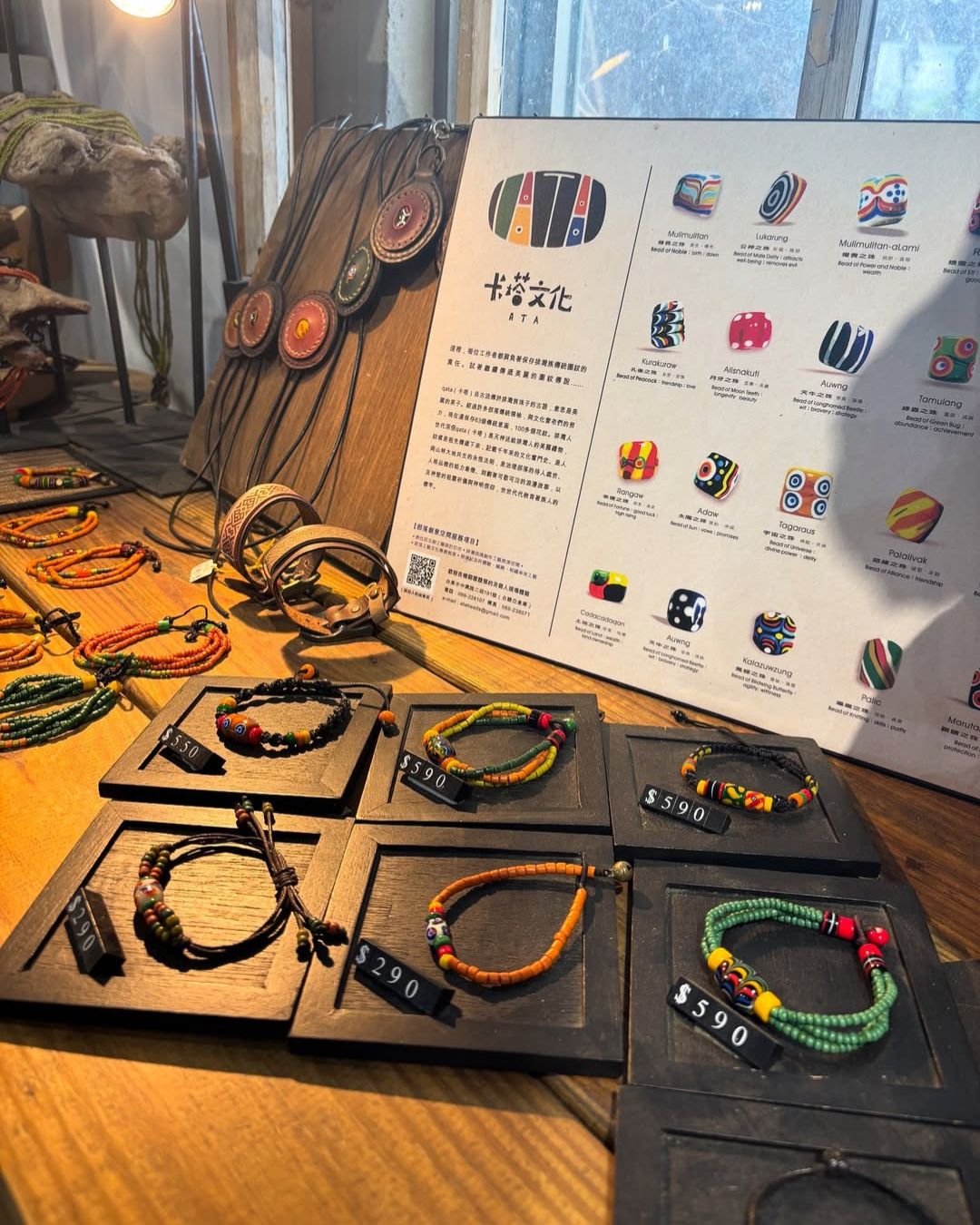
(Photo credit: @annniehhh)
Key Steps in Reviving the Craft
In the 1970s, Qumas Zingerur traveled across Taiwan in search of glass bead-making techniques. He eventually studied glass firing in Hsinchu and, in 1976, founded Taiwan’s first glass bead studio, Lei Ci’s Art Studio, reviving a nearly lost art and laying the foundations for a future resurgence. In Taitung, cultural practitioners like Jiao Glass Beads and ATA Beads continue to preserve and innovate Paiwan glass bead-making. Led by artisan Lu Chun, Jiao Glass Beads, based in Dawang Village of Taimali Township, has developed over 80 original designs through 20 years of craftsmanship and has participated in more than 50 exhibitions, emphasizing the value of 100% handmade artistry.
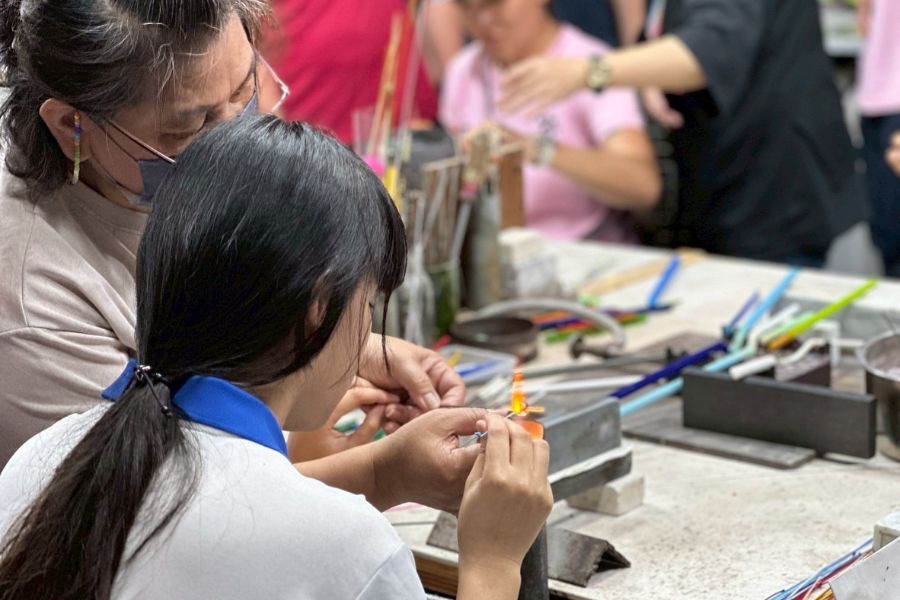
(Photo credit: ATA Beads)
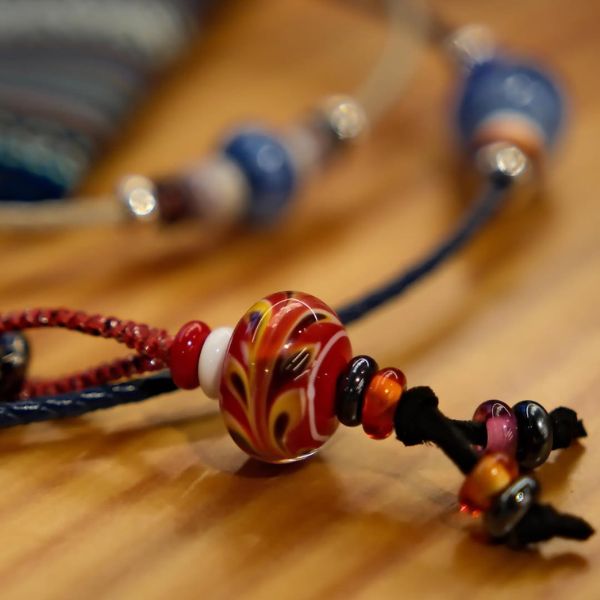
(Photo credit: @from_the_easto_the_east)
Blending Tradition and Innovation
At ATA Beads Workshop, director Lin Hsiu-hui leads a team of 13 in preserving over 50 bead patterns and 36 symbolic meanings through strict quality control. The studio is located in a repurposed space at the former Taitung Sugar Factory, allowing visitors to witness Indigenous craftsmanship firsthand. These cultural workers strive to maintain traditional bead designs and symbolism while incorporating contemporary aesthetics and modern techniques. Jiao Glass Beads draws inspiration from the Taitung landscape, breaking cultural boundaries to attract travelers, while ATA Beads collaborates with school art programs to teach children about local culture. Through exhibitions, workshops, and creative products, they share the blessings and stories embedded in glass beads with a wider audience.
Sustaining the Light of Culture
At temperatures nearing 1,200°C, artisans use 0.2 cm glass color rods to hand-draw intricate patterns onto beads as small as 8 mm in diameter. Each artisan can make only about 40 beads per day, with just a 60% survival rate after rigorous inspection—testament to the excellence of Indigenous craftsmanship. As a cultural stronghold of the Paiwan people, Taitung continues to inject vitality and pride into traditional practices through the efforts of these artisans. The revival of glass bead artistry not only preserves Paiwan heritage but also stimulates tribal economies and enhances Taitung’s cultural tourism appeal, allowing this precious tradition to shine brightly in contemporary society.
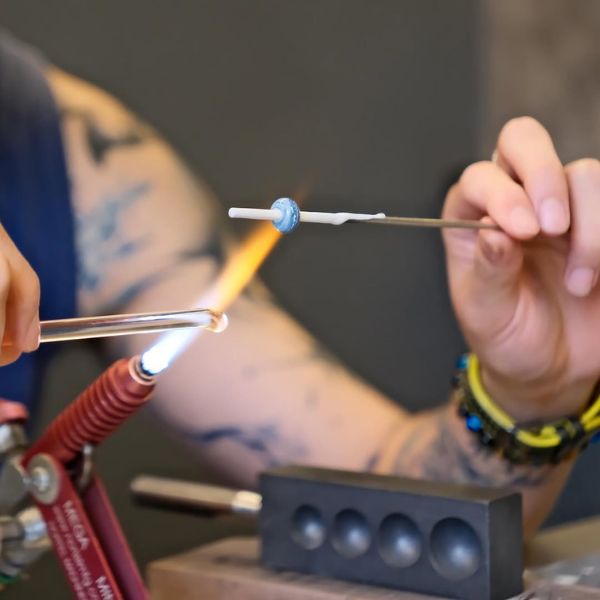
(Photo credit: @from_the_easto_the_east)




